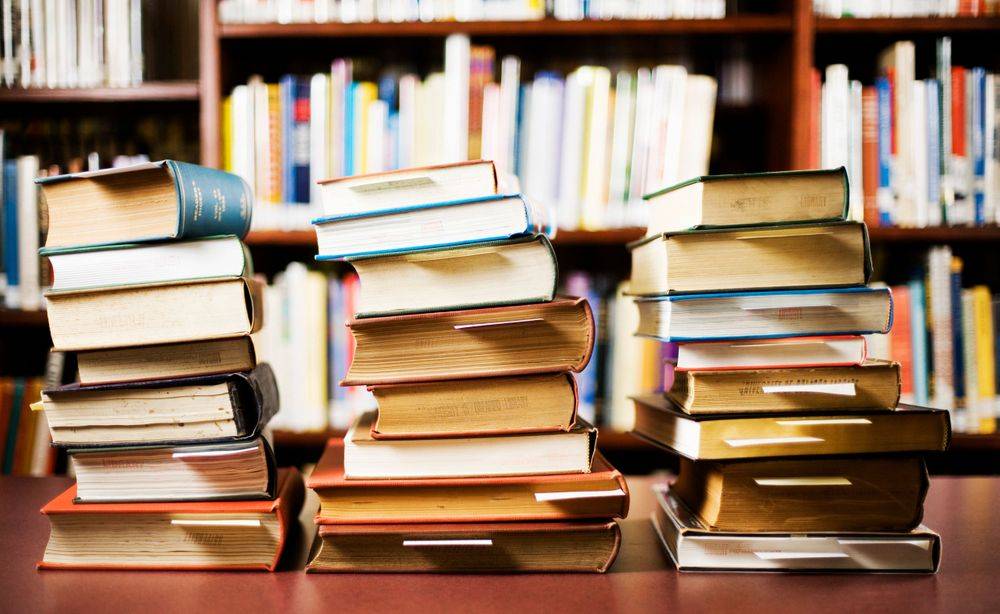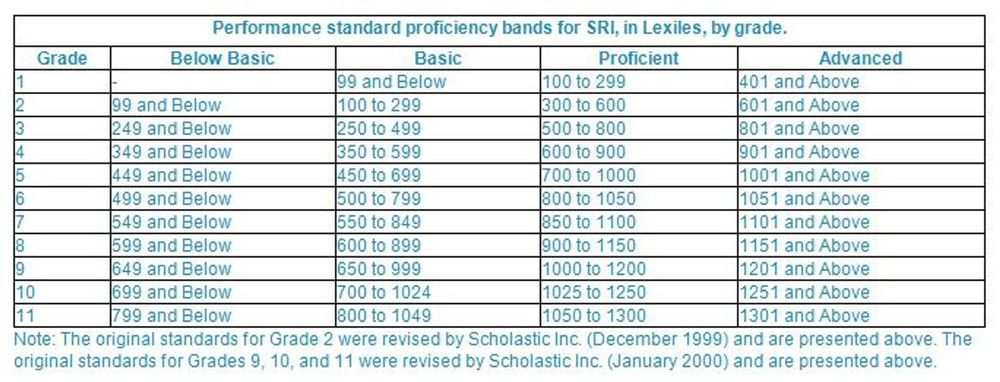Students Prek-12th grade who attend Dupo CUSD 196 schools but live in an area unserved by a library are now eligible to receive a free public library card!
Homeschooled children in an unserved library area are also eligible!
WHAT YOU NEED TO KNOW
You must geographically live closest to the Daugherty Public Library service area.
A parent or guardian must be present with student to receive their card.
Parent or guardian must present a valid picture ID and two pieces of mail sent to them in the last 30 days.
For more information, contact Daugherty Library:
220 South Fifth Street
Dupo, Illinois 62239
P: 618-286-4444
F: 618-286-3636


